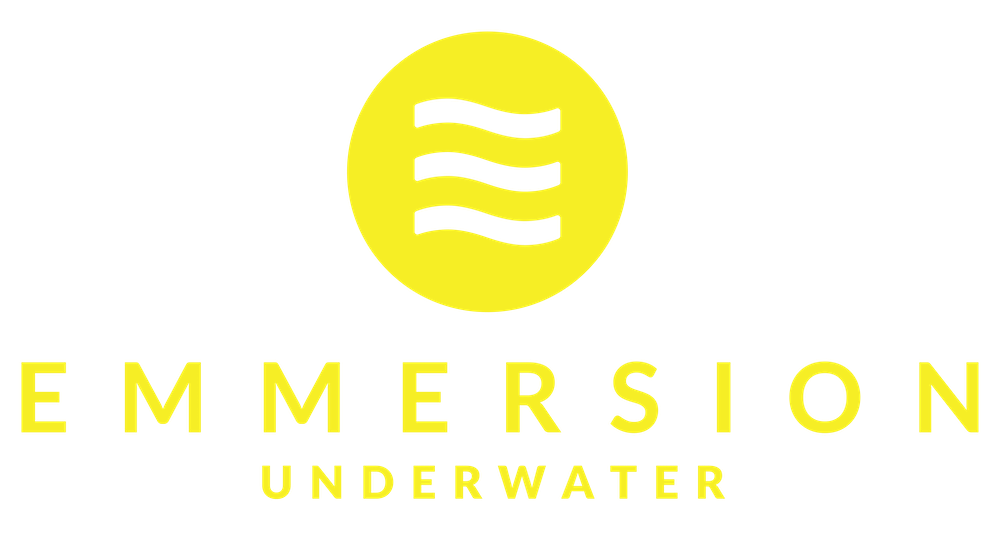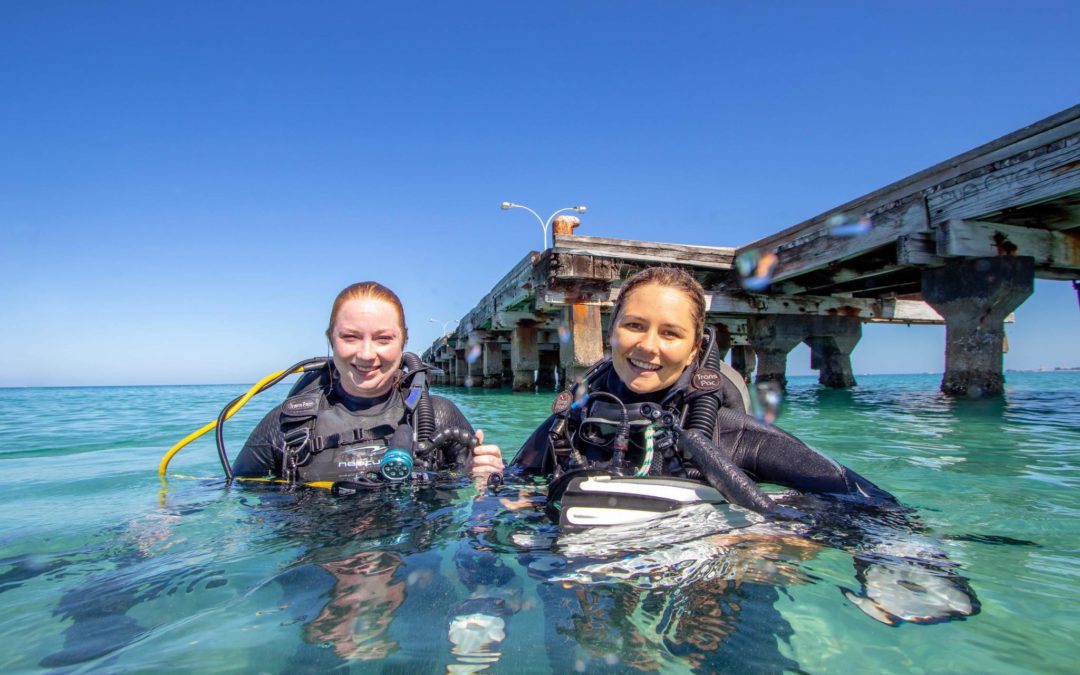Are you an ocean lover and want to start capturing your moments below the surface, but you have no idea where to start? Don’t worry – you are NOT alone!
When I first started my underwater photography journey, I had no idea what I needed or where to start. I purchased three or four cameras over the first few years before I worked out where I should actually be spending my money. So trust me when I say that I get it.
Think of this article as a starting guide, but if you have specific information tailored to your specific skill level and photography knowledge, I highly recommend booking a private lesson with me here, where I can answer all your burning questions.
PART ONE: The necessities for Underwater Photography
Before continuing to all-things equipment related, please remember that there are many other things that go into creating great underwater images. It’s not all about having the fanciest camera! See here for my 10 Essentials for Underwater Photography (that aren’t a camera)
PART TWO: Choosing the Right Camera
So you’re ready to start taking photos below the surface, but you don’t know where to start. This is possibly the most commonly asked question I get!
My first question to you is, how much money do you want to invest into this hobby? The sky’s the limit when it comes to this stuff. You might want to have a think about your budget and then work backwards from there. If you need specific advice, book a private lesson with me here!
Option One: Keep it Simple – Point and Shoot
Price: Less than $1,000 for camera and housing
My favourite for Underwater Photography: Olympus TG-6 (or previous models)
Recommended Housing: Olympus 40 m Housing or Ike lite 60 m Housing
There are a few cameras on the market that are waterproof without a housing and have underwater shooting modes. These cameras are a great starting point as you don’t have to make any changes to the settings in the water.
You might be tempted to use the camera for scuba diving without the housing, as it is rated to depth. But you will protect the camera lens better, have a more sturdy option to hold while swimming, by utilising underwater housing.
Pros:
- Simple for those just starting out
- You don’t have to bother or be familiar with O-Rings
- Variety of uses – still, video, land, underwater
- Easy to swim and navigate underwater with
Downsides:
- You won’t have many manual options
- Great quality for the size of the camera, but not the kind of images you’ll want to plaster on the side of a building
- Lower lens quality
Option Two: Take a step-up because you know this something you want to learn everything about.
Price: Around $1,500 – $2,000 for camera and housing
My favourite for Underwater Photography: Canon G7x or Sony RX100 series
Recommended Housing: Do not buy the Camera branded models at this level. You’ll want to go for a reputable underwater brand such as Fantasea, Ike lite, Nauticam or Auquatica.
These cameras are still considered to be ‘point and shoot’ as they have full auto abilities. The biggest difference is in the quality of the lens and image processors, you’ll get a much higher quality image from these cameras. They also have full manual controls, so as you learn more, you won’t outgrow your camera’s capabilities.
Pros:
- Good range of macro and wide angle
- Still have the auto settings if you’d prefer
Downsides:
- Not so many manual adjustments
- Great quality for the size of the camera, but not the kind of images you’ll want to plaster on the side of a building
- Lens quality
Option Three: No limitations on future capabilities
Price: Starts around $3,000 for camera, lens & housing
My favourite for Underwater Photography: Sony Alpha Series & Olympus OMD Series
Recommended Housing: Do not buy the Camera branded models at this level. You’ll want to go for a reputable underwater brand such as Fantasea, Ike lite, Nauticam or Auquatica.
Pros:
- Absolute flexibility to build a system for the shots you want to get
- LCD screen for live view on the back
Downsides:
- Expensive and often requires you to have multiples of things for different shoots like lenses and ports
- Battery life is not great, you might find you need to open the housing and change the battery often, especially when using fibre-optic cables for your strobe lights.
Option Four: Professional
Price: Starts from a minimum $7,000 for camera, lens & housing. Likely to be closer to $10,000 once you add in extras or upgrade components. Could go all the way to $20,000+ if you choose top of the line accessories to suit.
Examples of Cameras in this range: Sony Full Frame A7 series, Olympus Full Frame, Nikon and Canon SLRs.
Pros:
- Absolute flexibility to build a system for the shots you want to get
- LCD screen for live view on the back
- Full-frame devices means brilliant wide-angle capabilities
- Wide array of interchangeable lenses
Downsides:
- Expensive and often requires you to have multiples of things for different shoots like lenses and ports
Part Three: Accessories
You might also want to think about investing in some accessories. The following is a list of non-camera equipment that will help you capture that perfect shot:
- Video Light(s)
- Strobe Light(s)
- Base tray, handles, arms & floats
- Carry Handle
- Coiled lanyard
- Spare batteries
- SD Cards
- Cheap second hand bodies when you them
- Silicone Grease
- Spare O-Rings
- Carry Case or pouch
- Vacuum Seal and/or electronic moisture sensor
Lastly, DO NOT LET THE INTERNET CRUSH YOUR HOPES AND DREAMS OF BEING AN UNDERWATER PHOTOGRAPHER!!
There is a lot of information out there are, and it can seem overwhelming. That is EXACTLY why I started developing and teaching Underwater Photography workshops. Please do not hesitate to get in touch with me if you have any questions! Click here to pop me an email or click here to book a service.

